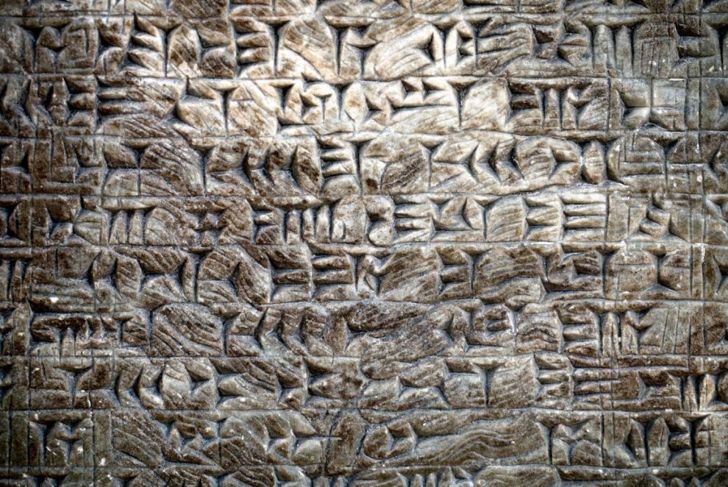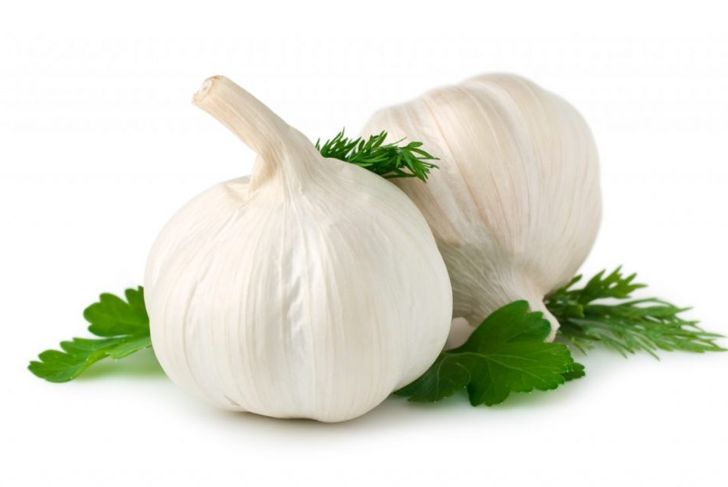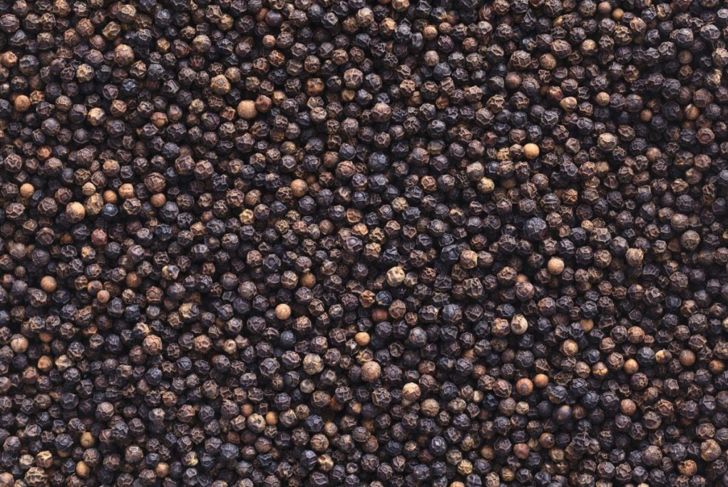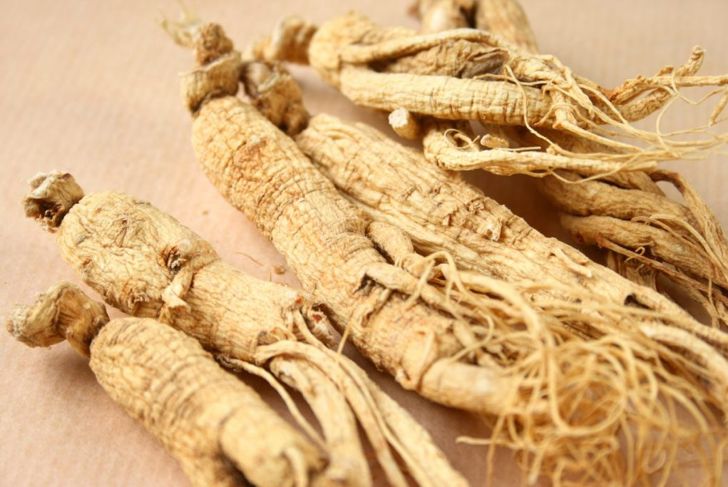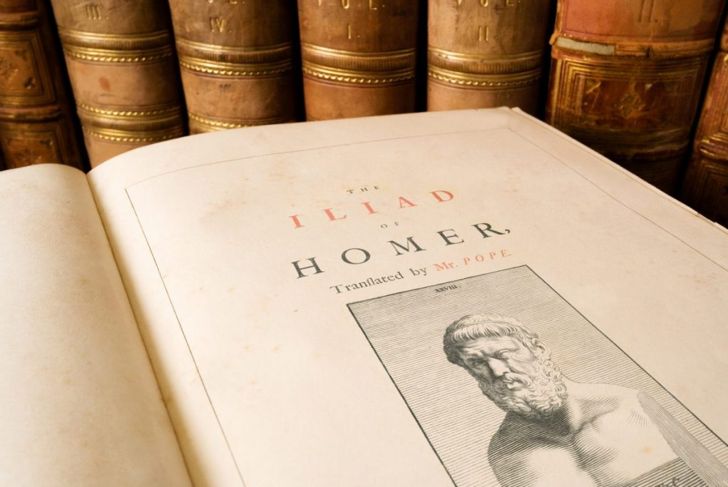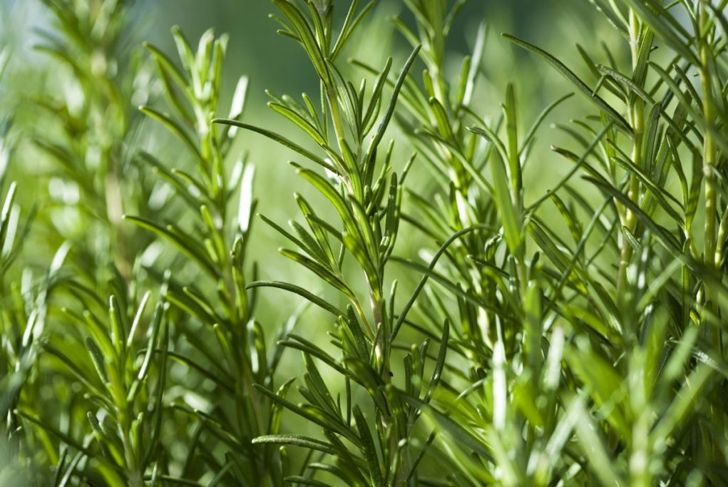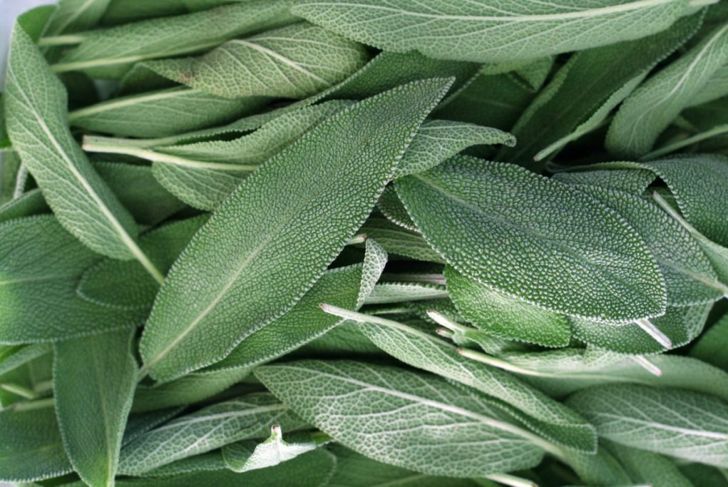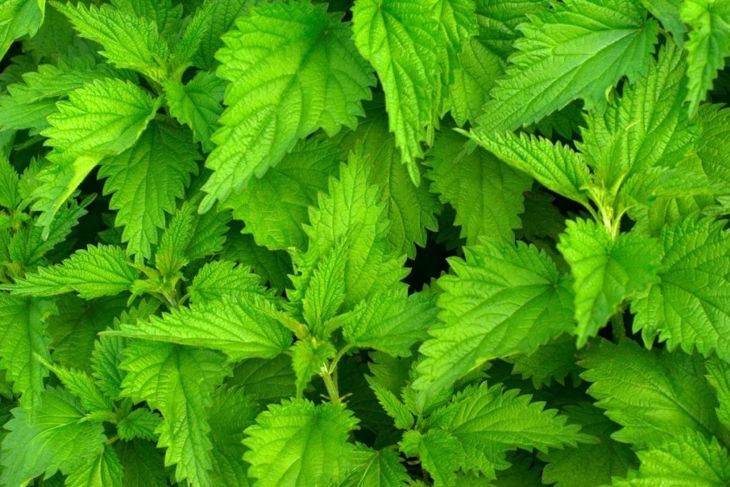Herbalism is the use of plants for medicinal purposes. For thousands of years, cultures have sought to cure diseases and looked to herbs as the answer. Humans began using herbs medicinally as early as the Paleolithic age 60,000 years ago. Over the years, people studied plants and herbs more closely and began to record the effects of healing herbs in journals called herbals. This tied the history of herbalism with the beginnings of modern medicine. Many modern-day pharmaceutical drugs make use of plant-derived compounds.
Examples of Herbalism
Due to thousand of societies with differing languages using herbalism throughout the millennia, it is difficult to list every single herb and its effects. However, even now, herbalism remains popular around the world. Teas containing chamomile treat sleeplessness and anxiety, as well as gastrointestinal issues. Holy basil has antimicrobial benefits and is meant to fight off infection. Watercress is a popular salad ingredient that may prevent cancer and contains a large amount of vitamin K. However, modern science questions many of the benefits of herbs.
Ancient Herbalism
The earliest written accounts of herbalism date back to ancient Sumeria who, along with Ancient Egypt and the Indus Valley, was one of the first major civilizations. A clay slab listed 12 recipes for various drugs that used around 250 plants between them. Herbs such as poppy, henbane, and mandrake appeared on the tablet. Other cultures also had herbals listing plants, their uses, and possible combinations. Ancient Egypt, India, and China have detailed and translatable journals that provide modern insight into cultural herbalism.
Egypt
Unfortunately, a perfect translation for Egyptian hieroglyphs does not exist. Translators continue to attempt to decipher the Egyptian language and convert it into modern day ideas. This has led to debates throughout history as to the exact meaning of Egyptian herbals. The Ebers Papyrus is one of the only remaining texts that contains medicinal uses for herbs. It mentions treatments for such issues as “disease of the limbs” and references herbs such as garlic, willow, and castor bean. Egyptians used garlic as an antibiotic, willow for pain relief, and castor oil for everything from a laxative to an eye brightener.
India
The holy books from ancient India, the Vedas, contained many of the culture’s uses for herbs. Some of the herbs are now common ingredients in Indian recipes. For example, turmeric, a flowering plant from the ginger family, appears in many modern Asian dishes, but ancient Indian herbalists originally used it as a folk medicine. Many Indians used peppercorn as currency and traded it to other cultures. It had value because people believed that it could cure insomnia, sunburn, toothaches, and many other issues. Ramesses II, also known as Ozymandias, was an Egyptian pharaoh whose servants filled his nostrils with black peppercorns during his mummification.
China
Emperor Shen Nung wrote a book on roots and grasses around the year 2500 BCE. This book lists 365 dried plant parts that he believed had medicinal effects. Many people around the world still use some of the herbs listed in the book. For example, ginseng has culinary and medicinal uses. Modern studies fail to find its exact medicinal purposes, but some suggest it positively affects memory, fatigue, and menopause symptoms. The book also listed cinnamon bark as having many medicinal effects, leading to its value as a traded good.
Rome and Greece
Many ancient Roman and Greek texts survived the ages and contain suggested uses for herbs. The best-known examples appear in Homer’s The Iliad and The Odyssey. The epics describe 63 plants from around the world, including garlic and castor beans. One of the most prominent plant researchers was Dioscorides, a Greek physician and botanist. He traveled with the Roman Army as a medic and, during his time with them, wrote about many herbs that would inspire medical practice during the Middle Ages and beyond. In his writings, there were 657 drugs with plant origins.
Spread of Herbs
More opportunities for trade increased the spread of herbs. Many colder or wetter areas could not grow certain herbs. Trading allowed the Slavic people and the English to gain access to herbs such as rosemary and garlic. Interestingly, garlic remained popular among many cultures for centuries, with the notable exception of the English. They despised its smell and taste and refused to use it as medicine. This continued for hundreds of years, even after the colonization of America. As such, Americans also despised garlic for almost 300 years.
Middle Ages
Because of the work of early physicians, beginning in the Middle Ages, areas devoted to healing and herb-growing began to appear. Many monks would translate and copy ancient texts containing medical knowledge. As a result, they began to grow medicinal herbs, and the monasteries acted as centers for healing. Therapy focused on 16 specific medicinal plants. Wise men and women used sage to improve cognitive function. Mint was a popular treatment for indigestion and nausea. Some people marketed spells and concoctions along with herbs. This led to many people viewing herbalism as witchcraft in the late Middle Ages.
Early Modern Era
Due to the efforts of the monks in the middle ages, during the 16th and 17th centuries herbals became widely available in languages other than Latin and Greek. During this time, the demand for compound drugs increased dramatically. Physicians began to combine herbs with animal matter and various other materials. As European colonization efforts continued, texts and herbs from other countries also became available. The Badianus Manuscript was an Aztec herbal that suggested using nettle for nosebleeds. It also contained instructions for compound medications that could treat lightning strikes.
Modern Era
The 19th century marked a turning point in the use of medicinal herbs. Researchers were able to isolate the alkaloids from plants such as poppy, strychnos, and ipecacuanha. This led to the isolation of chemical substances responsible for the medicinal benefits of many herbs. Creating drugs out of these substances was called “pharmacy.” As technology improved, so too did the drugs pharmacists could create. Now, many health organizations view herbs as alternative medicine, with modern research questioning many of their benefits.

 Home
Home Health
Health Diet & Nutrition
Diet & Nutrition Living Well
Living Well More
More
